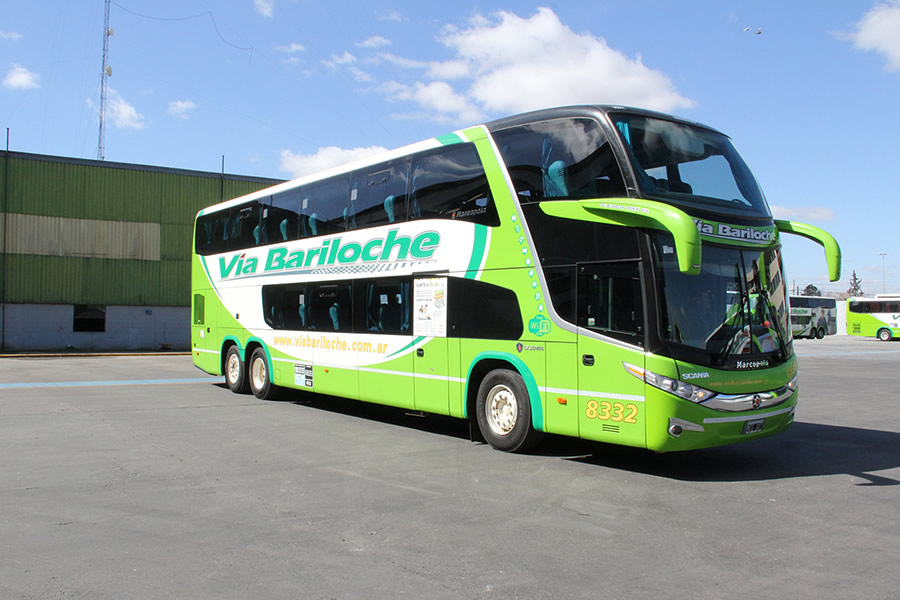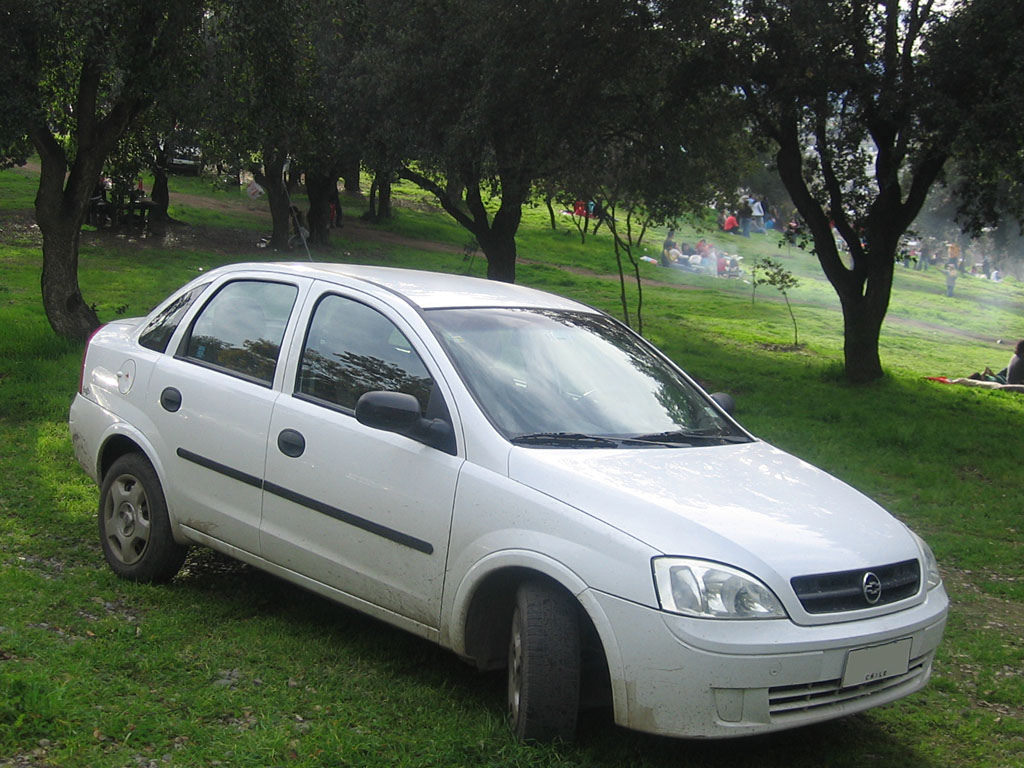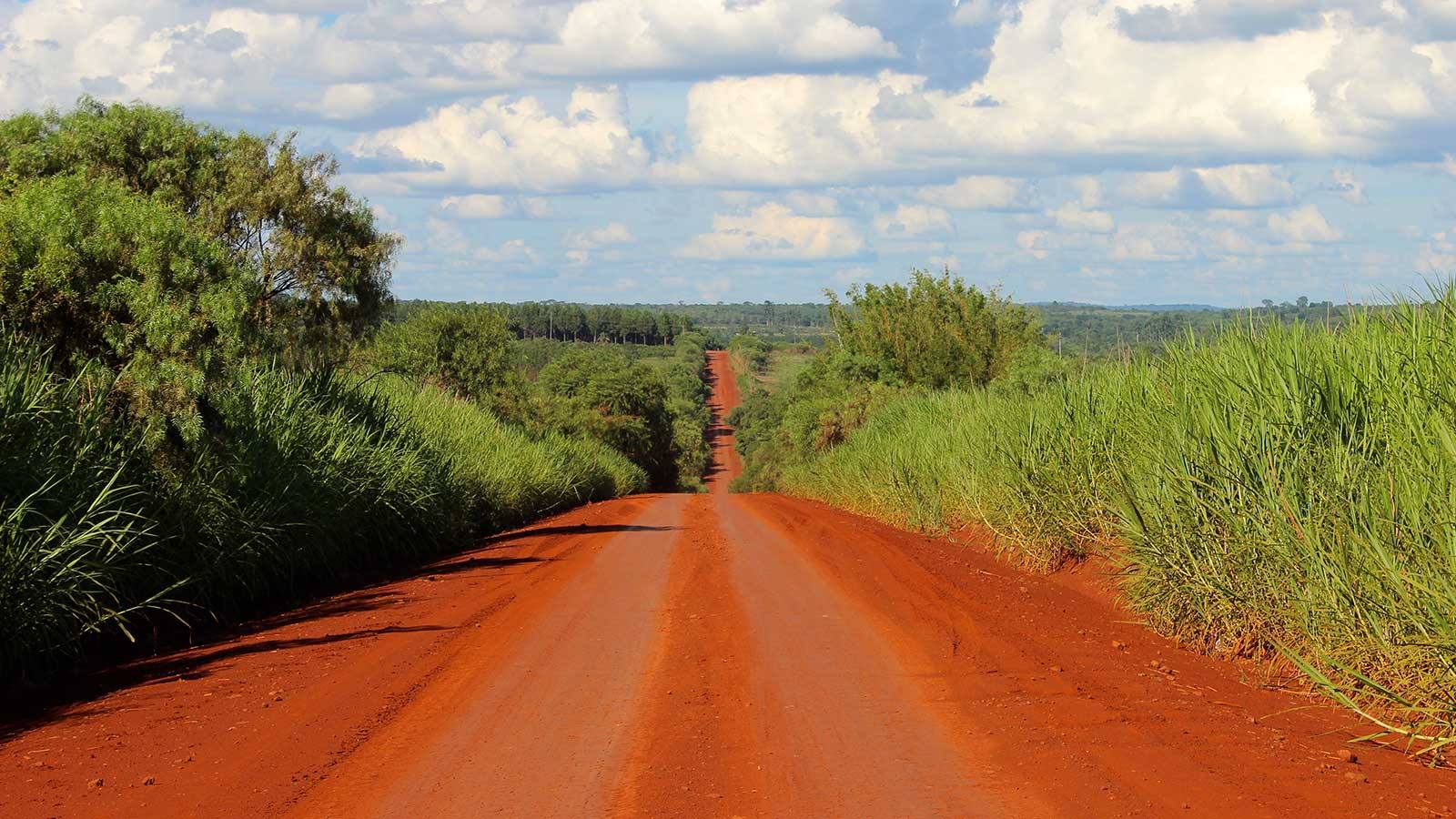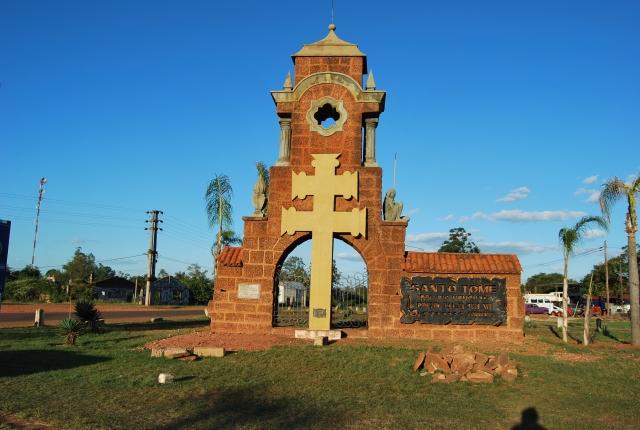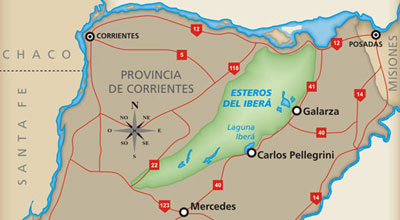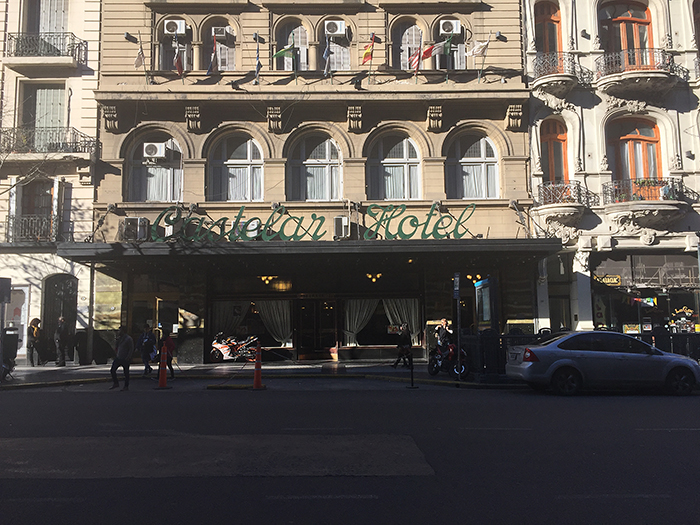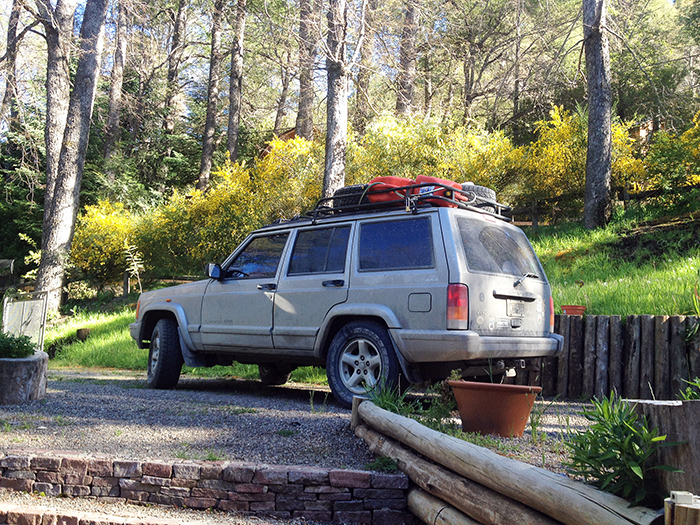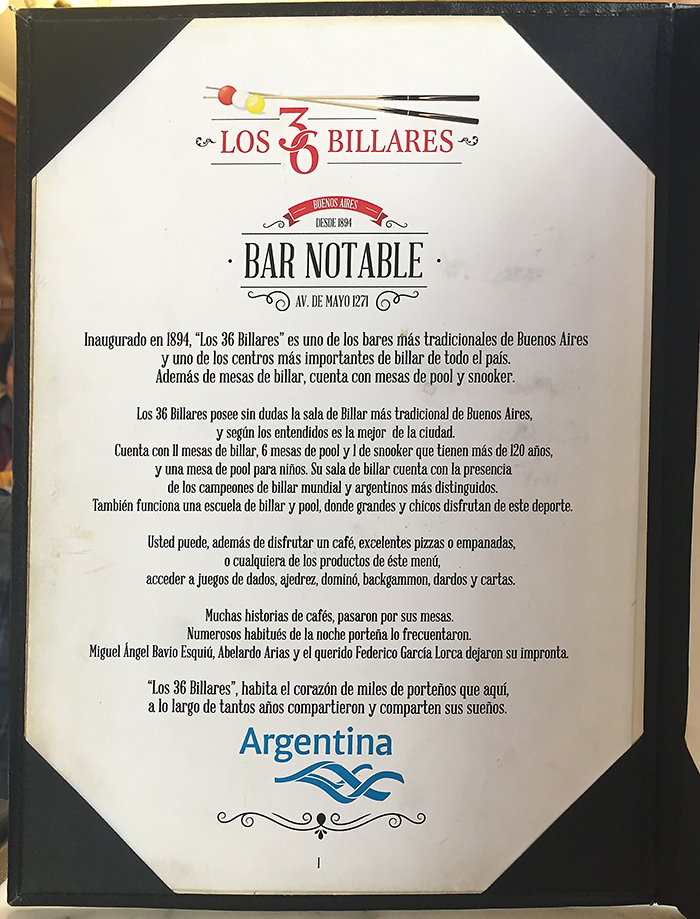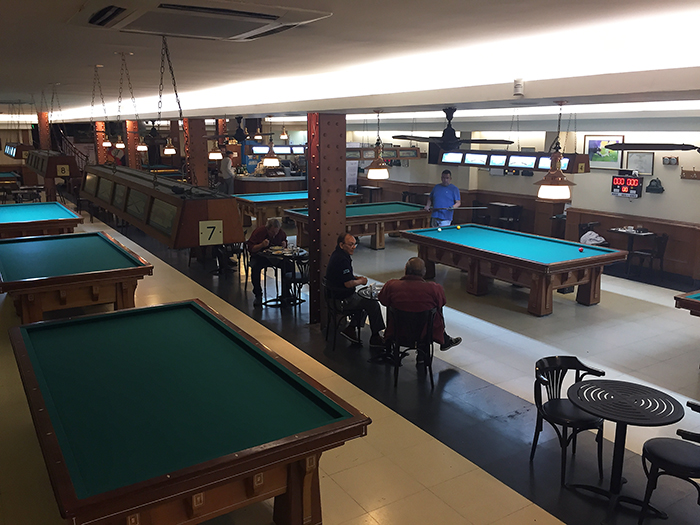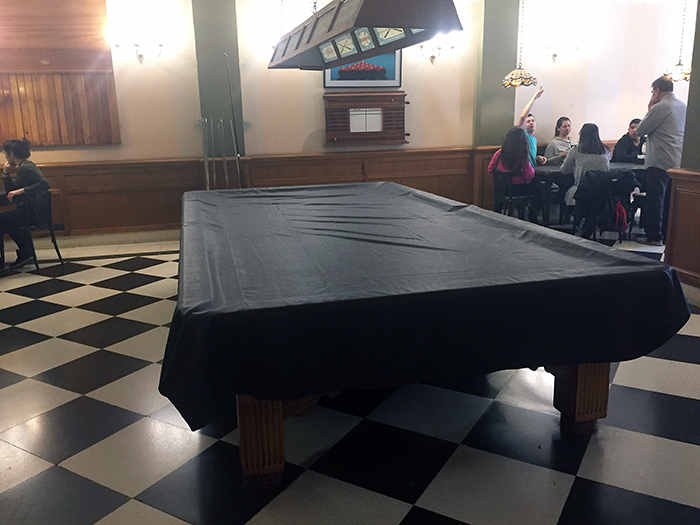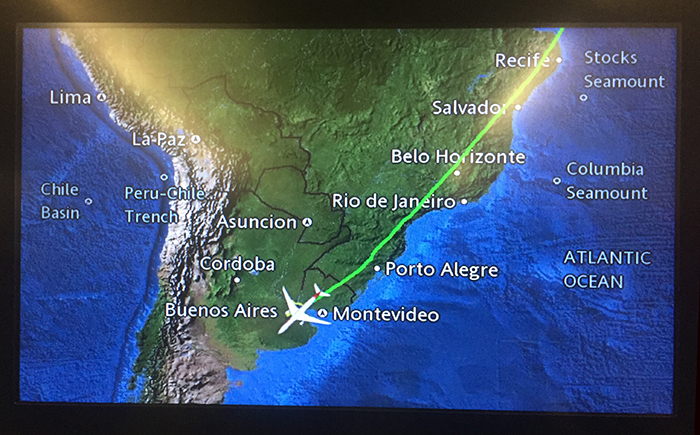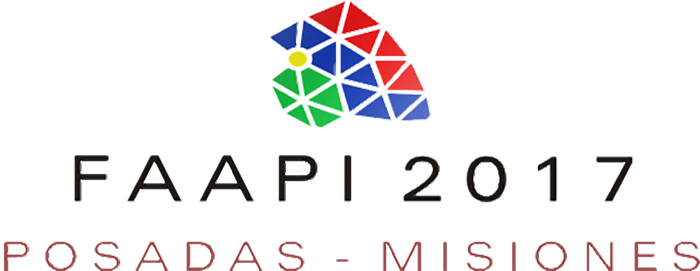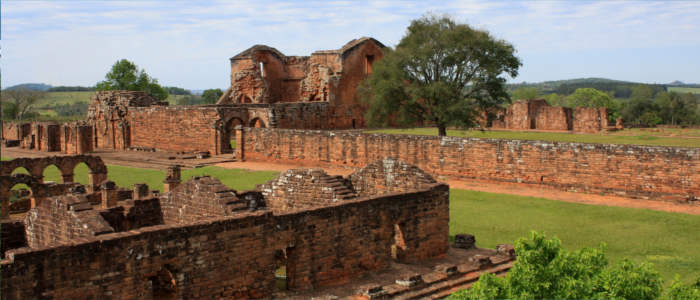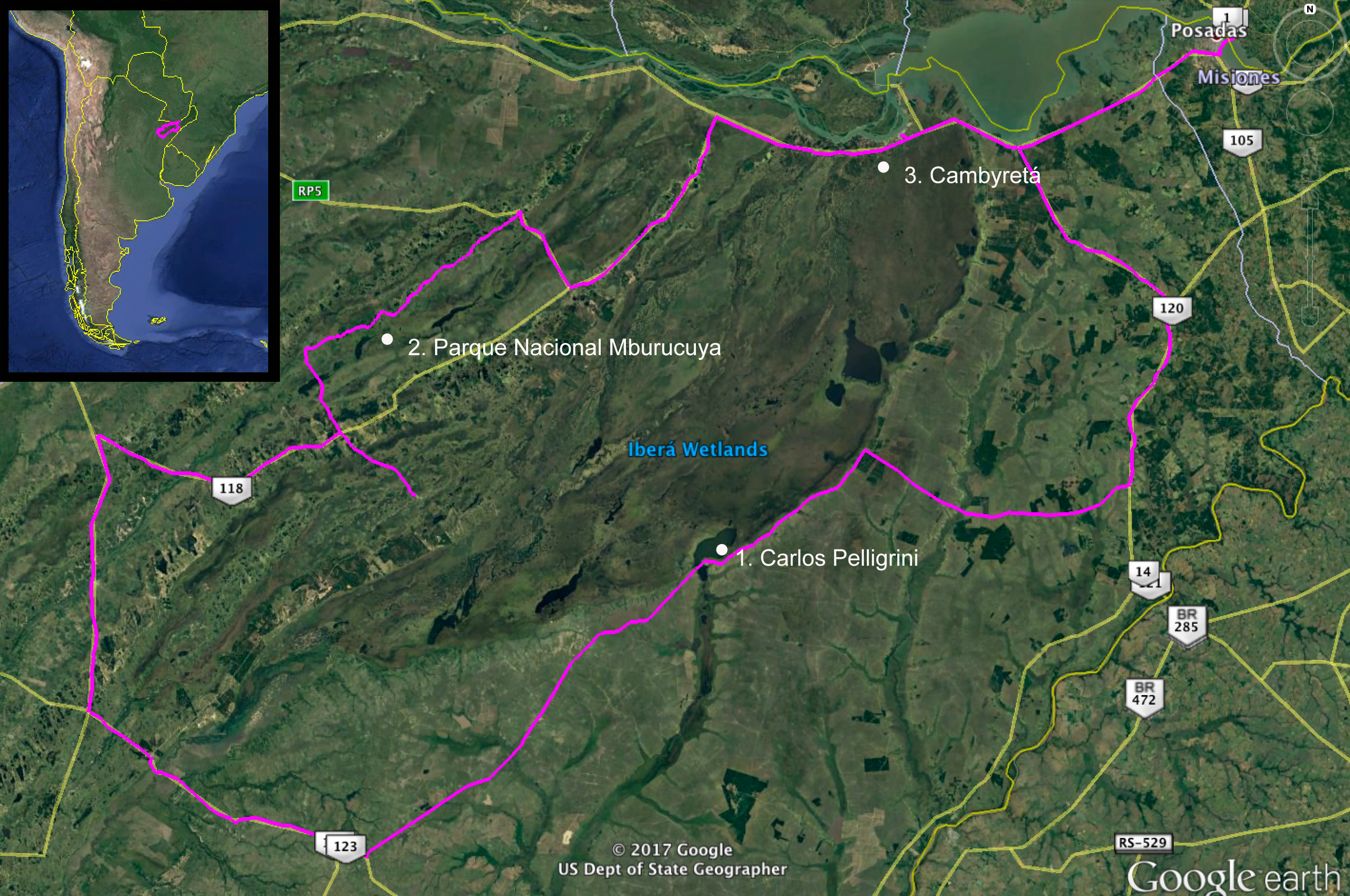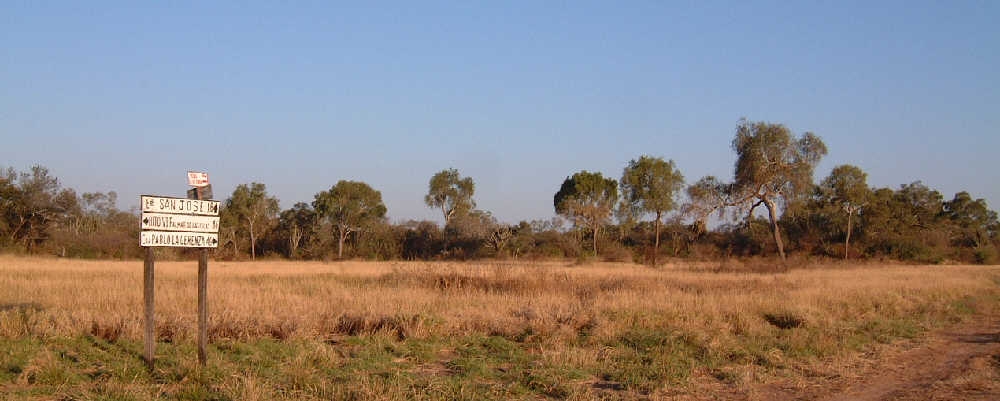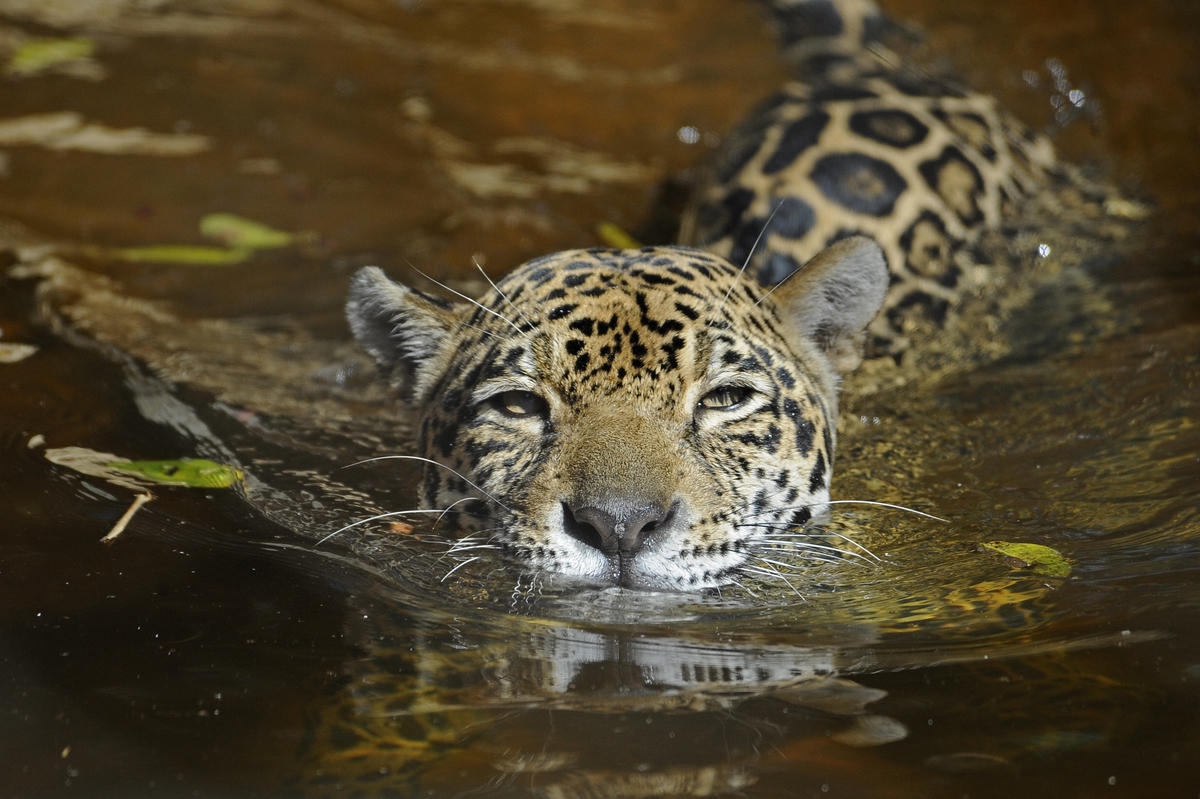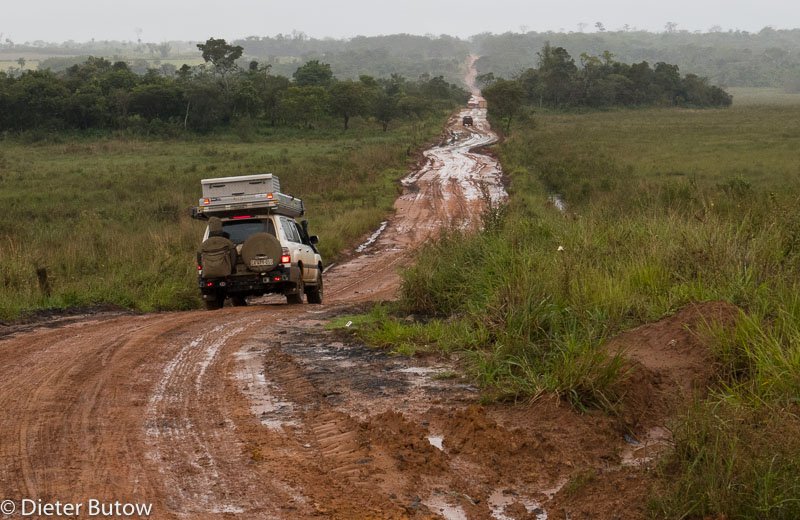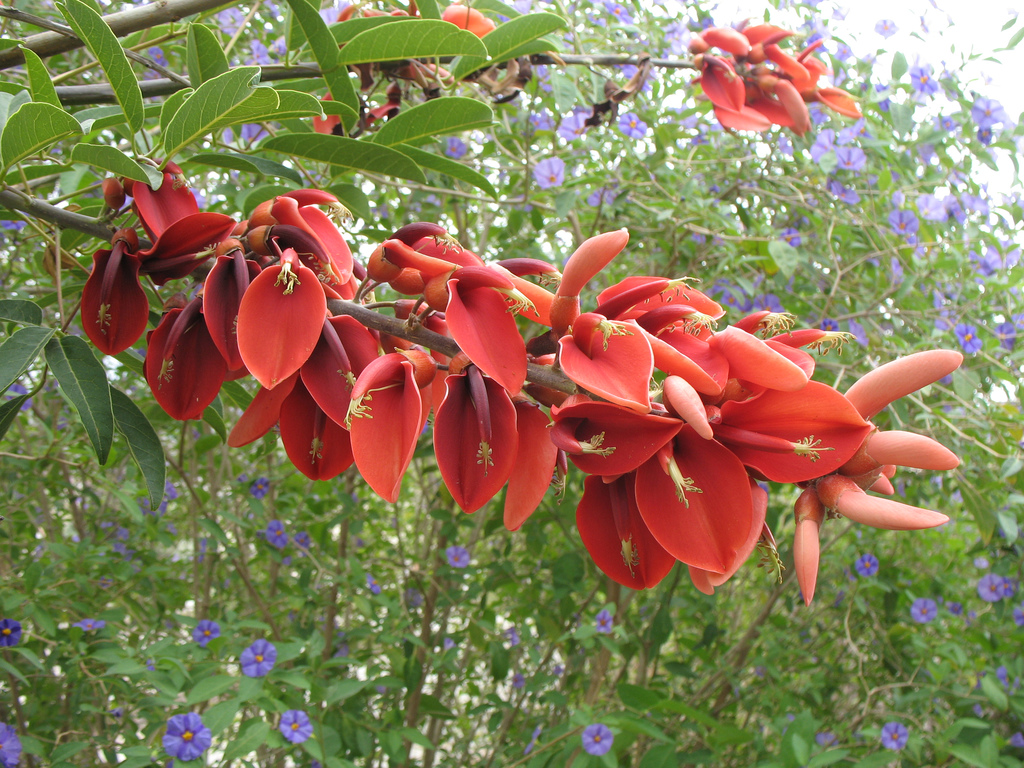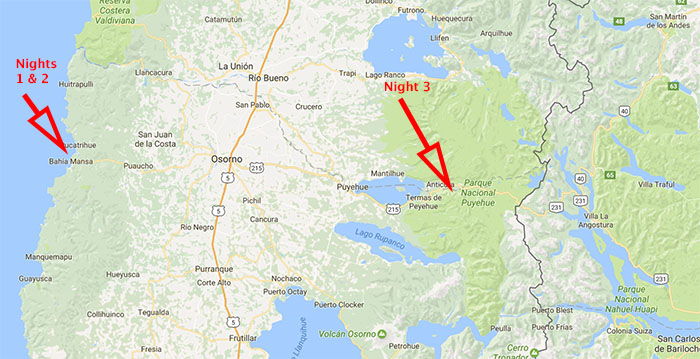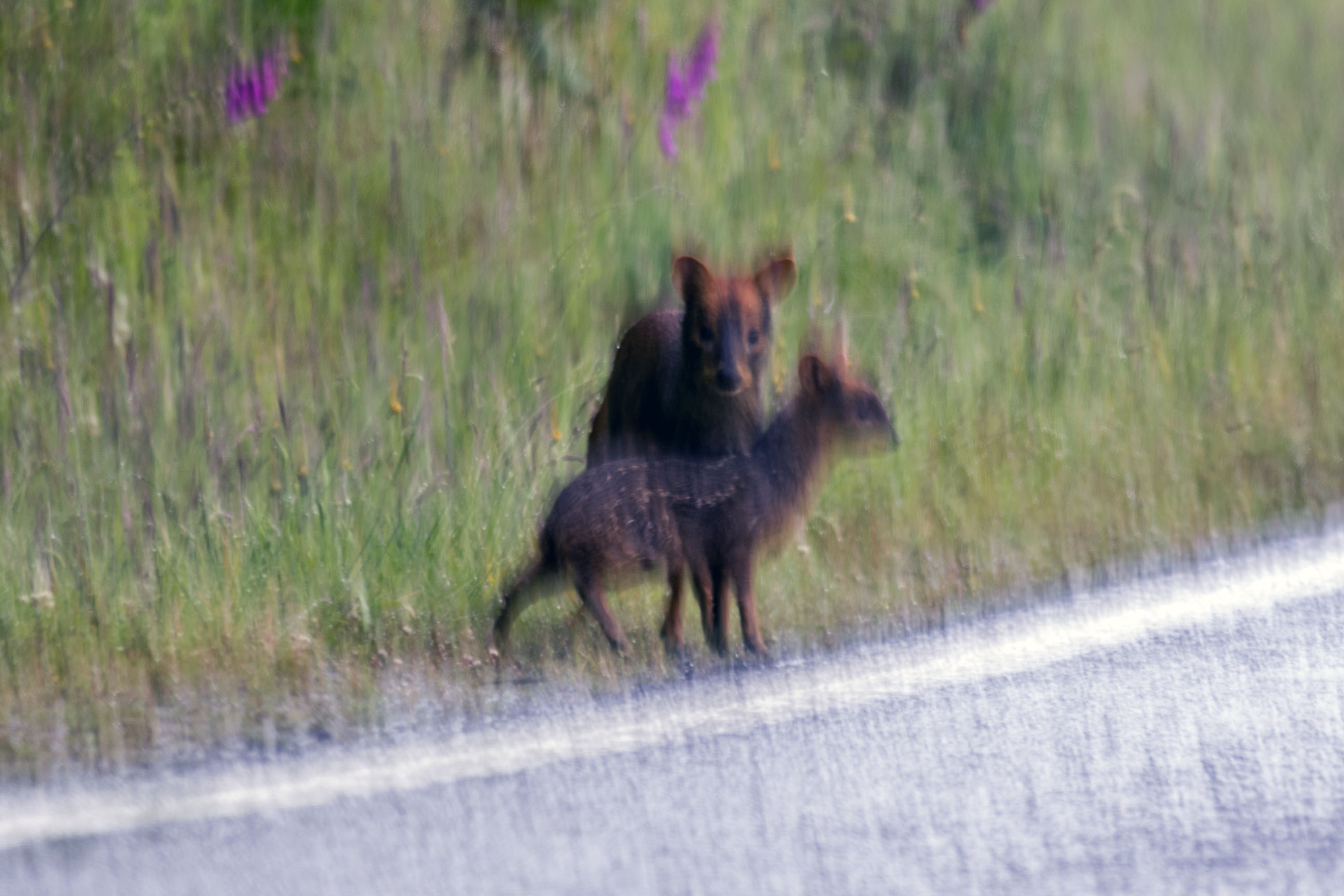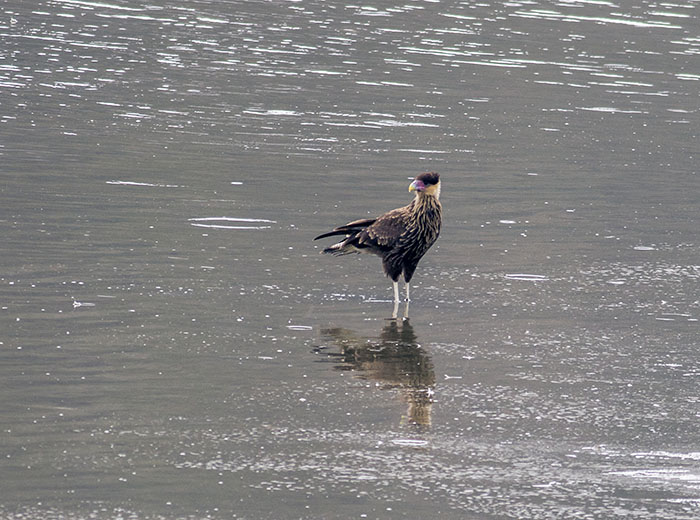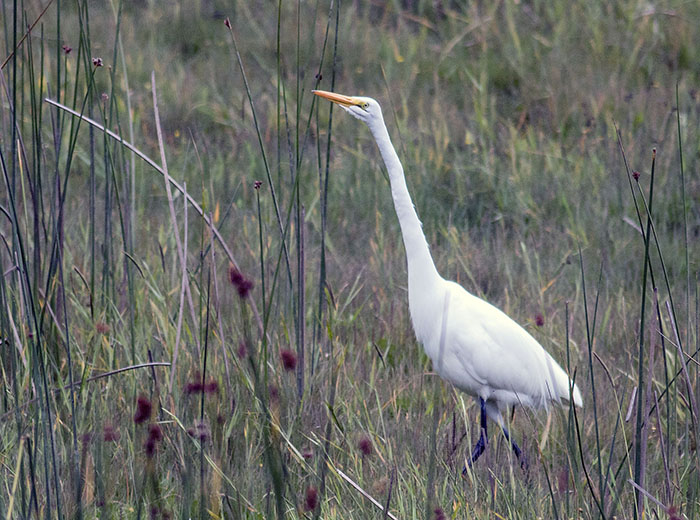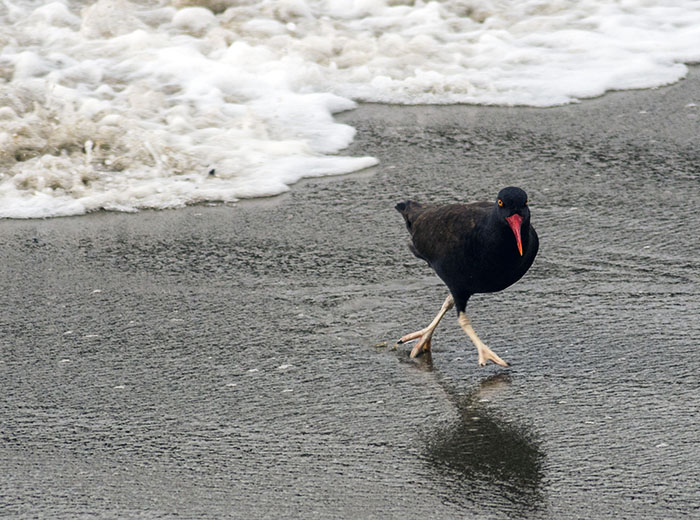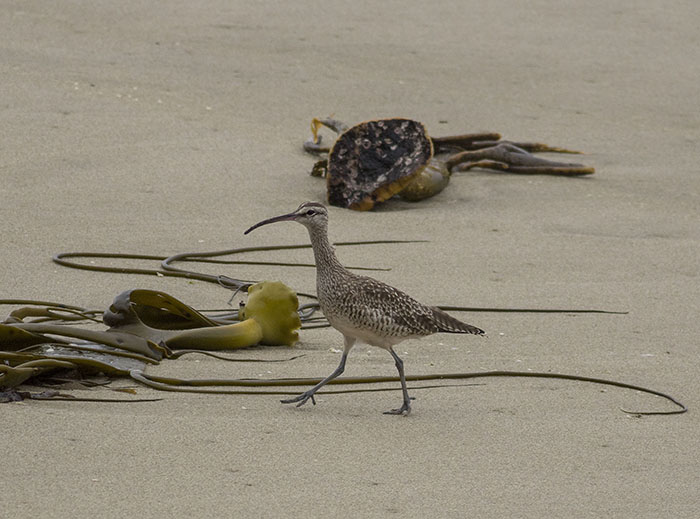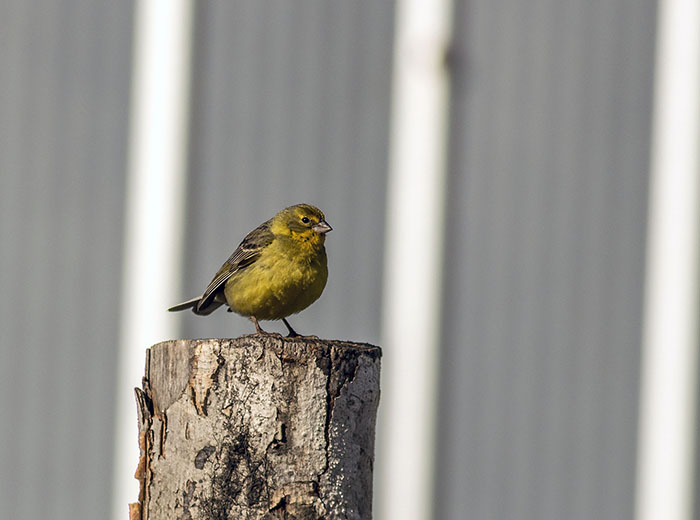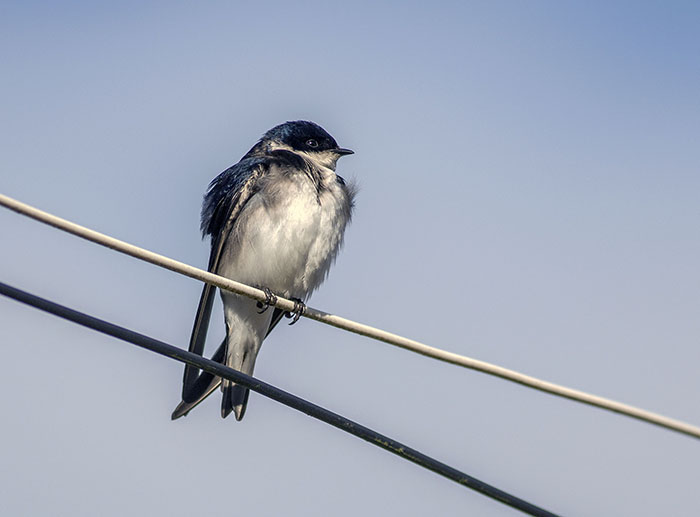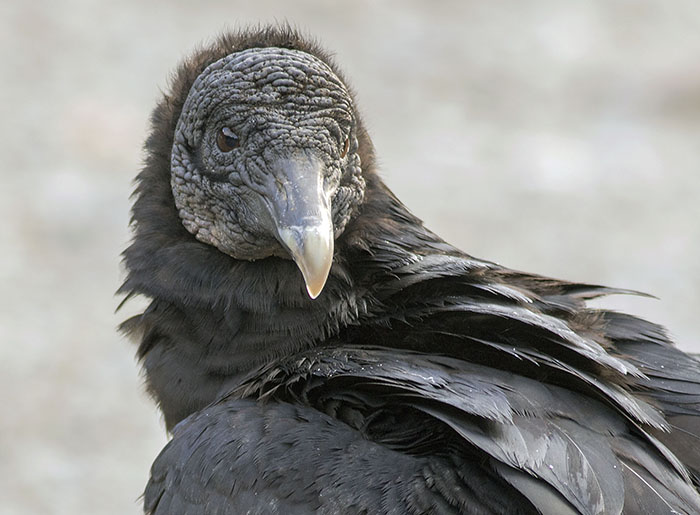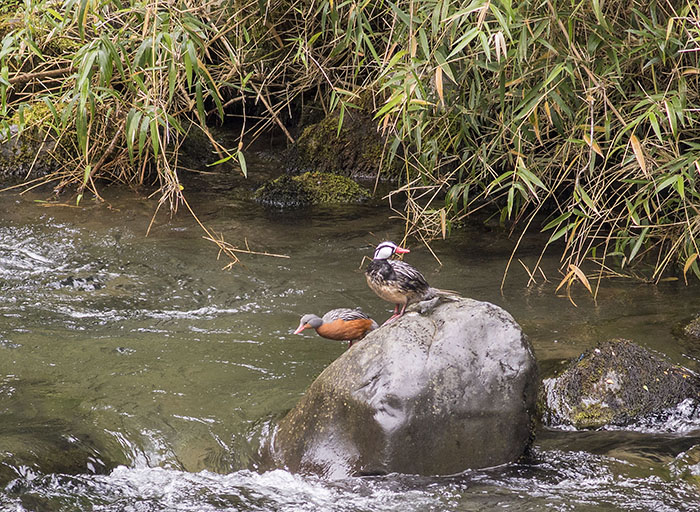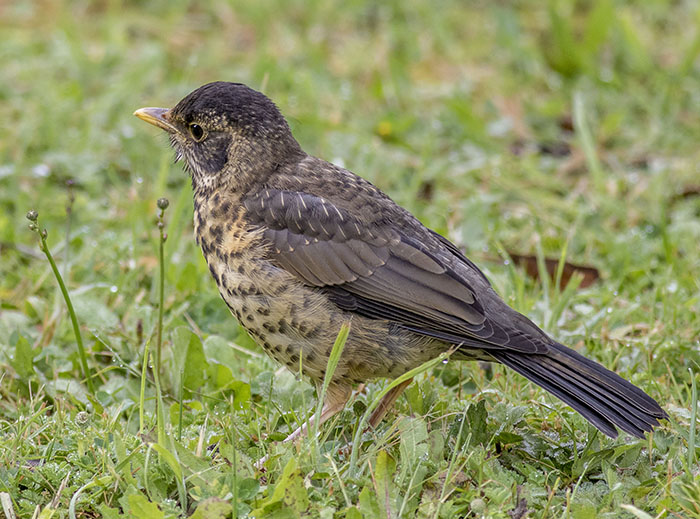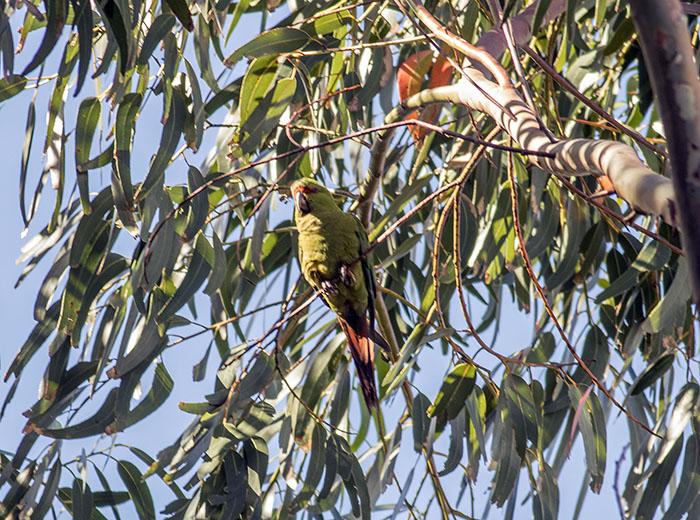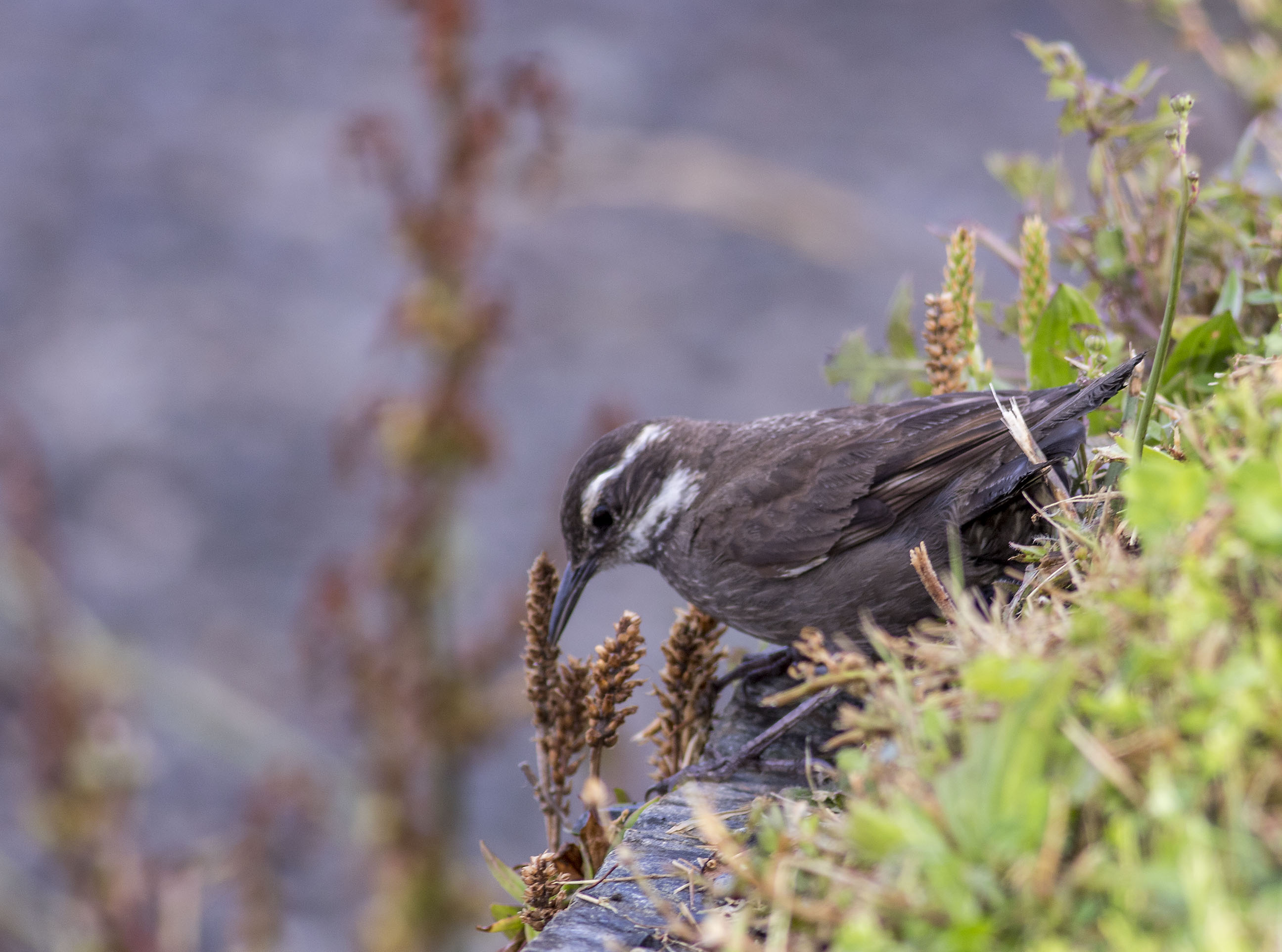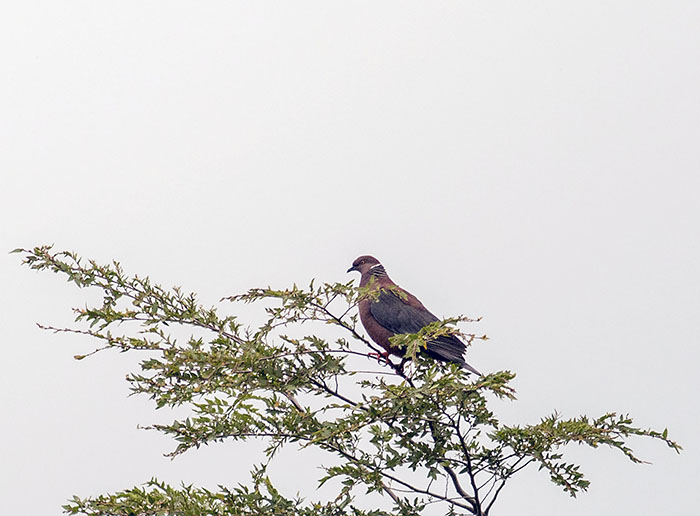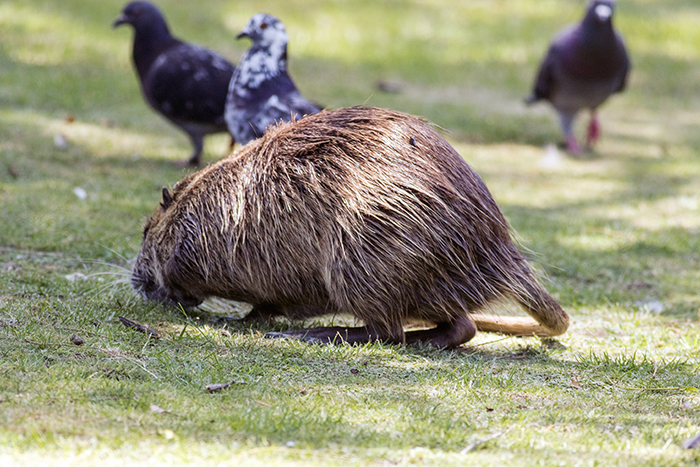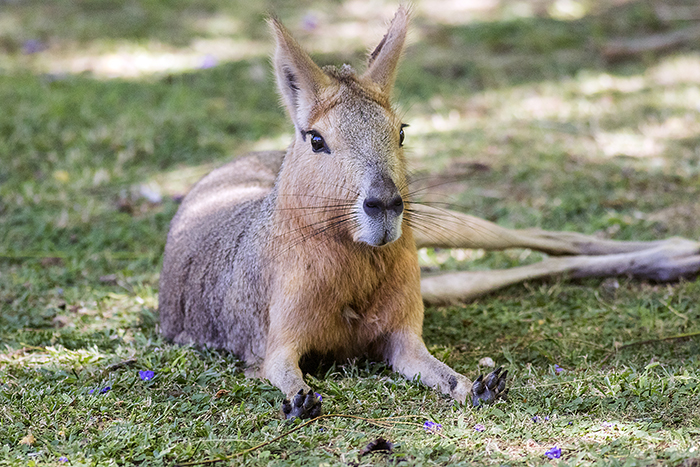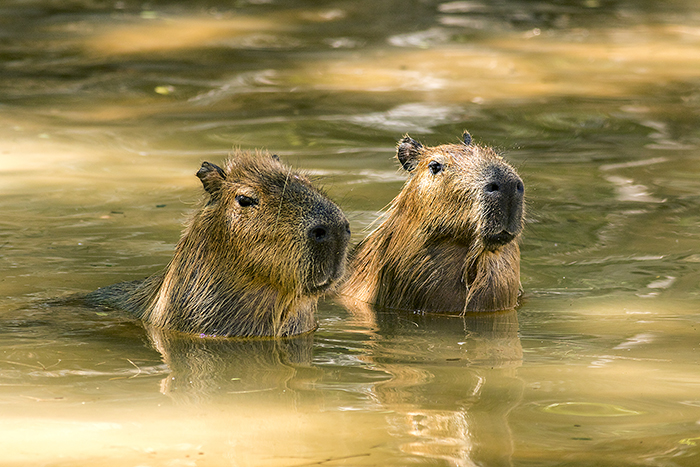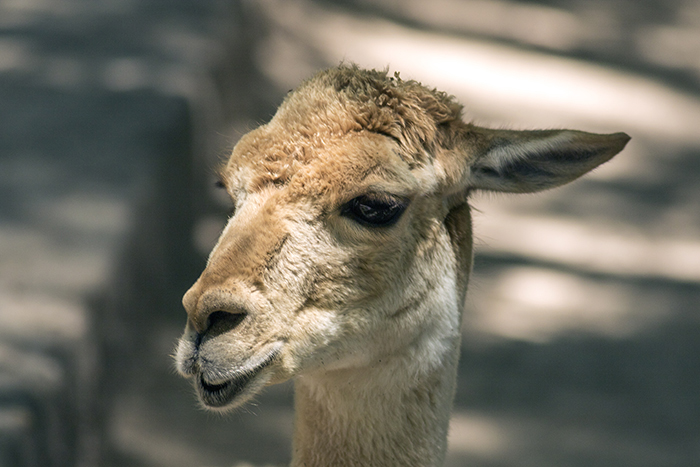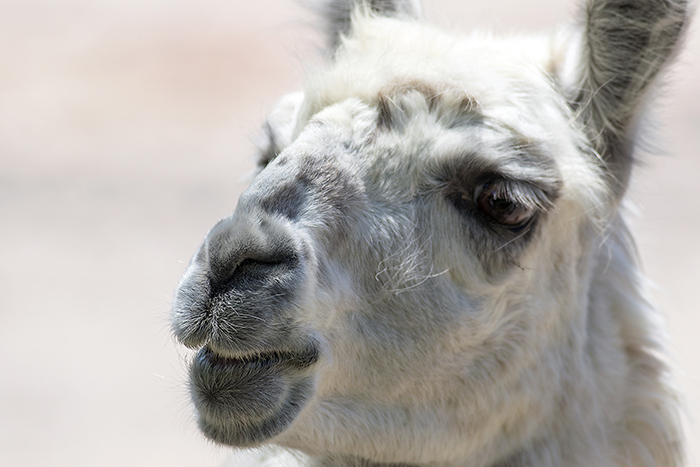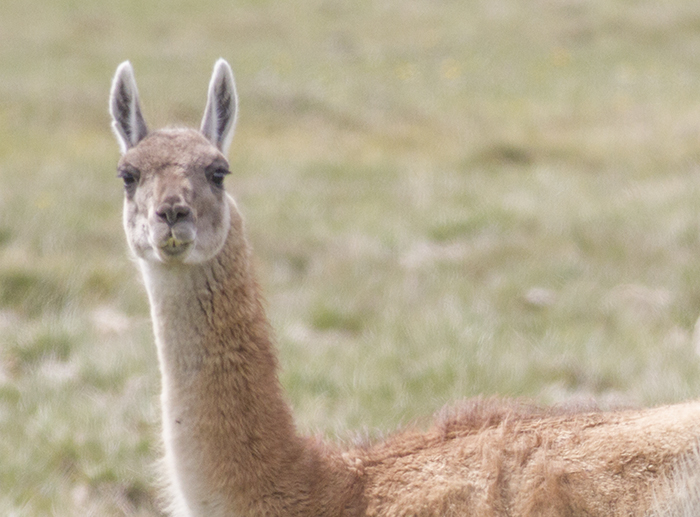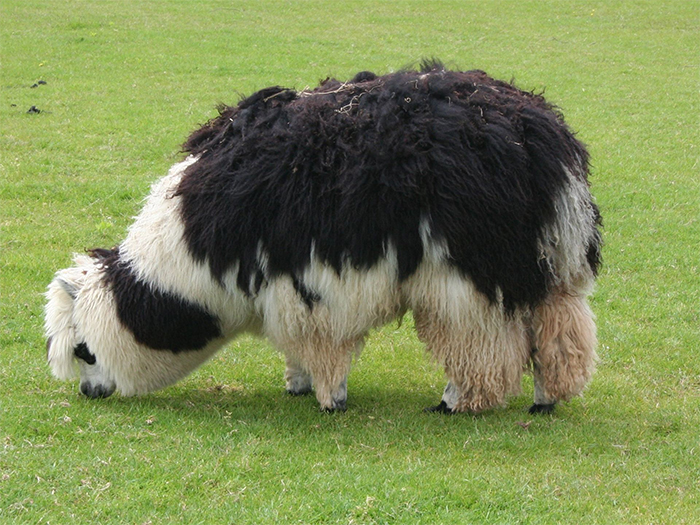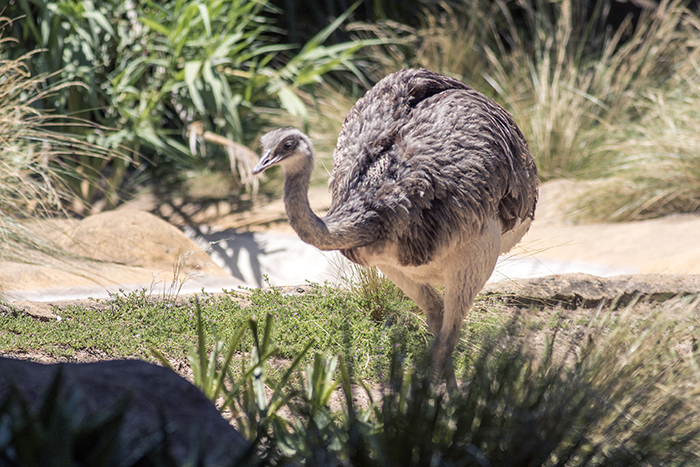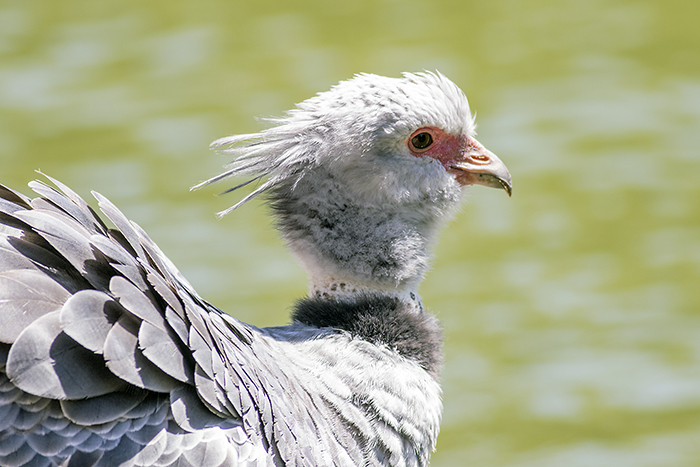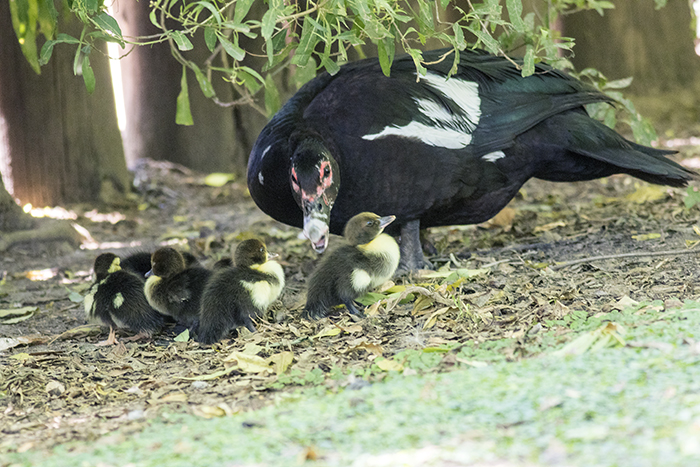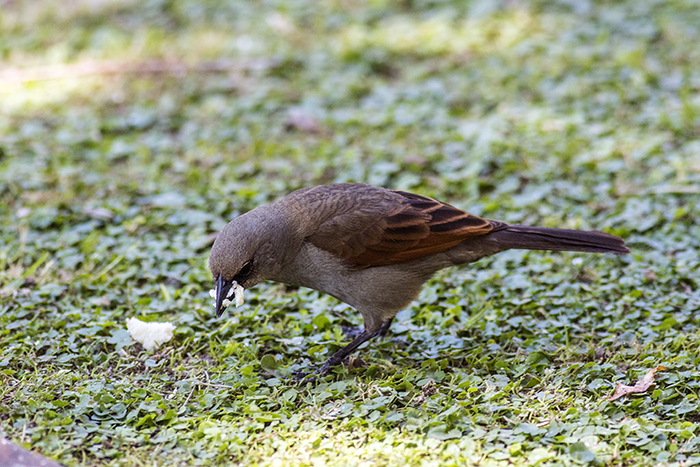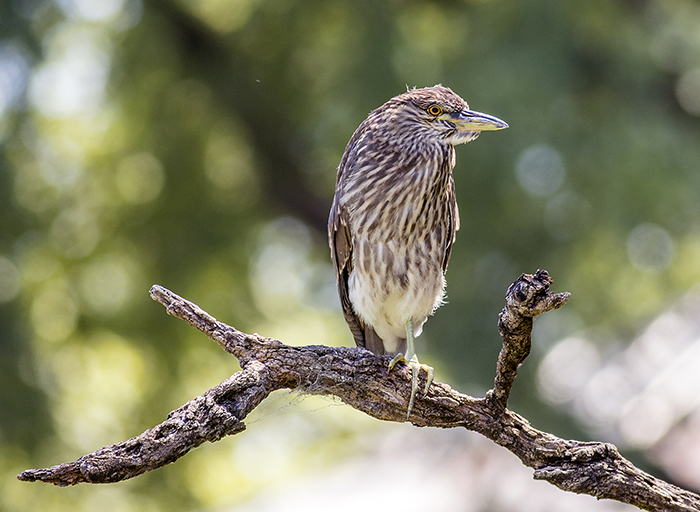22 August 2017 – Mercedes, Corrientes to Colonia Carlos Pelligrini – an embarrassment of riches
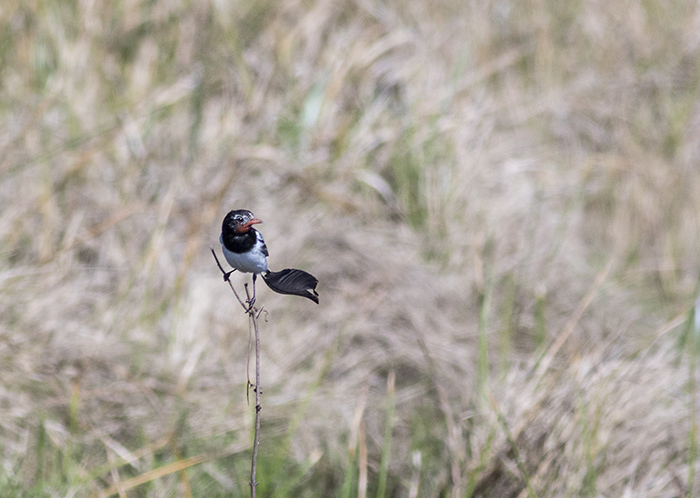
Bird of the day was the strange-tailed tyrant, photograph snatched through the window of a decelerating car.
Got away early from Mercedes, filling the tank as there is nothing at all down at C. Pelligrini. The first third of the journey was tarmac surfaced and then the rest was a pretty good (except in parts) consolidated road. I say ‘except in parts’, because I hit a particularly rock strewn stretch and was unable to avoid a huge rock which burst the nearside tyre and buckled the front wheel. The jack and wheel brace supplied by Hertz were next to useless, but a guy in a passing F100 helped with a proper brace (why do they put the wheel nuts on so tightly?) and I drove very slowly for the remaining 30 km to Colonia Carlos Pelligrini.
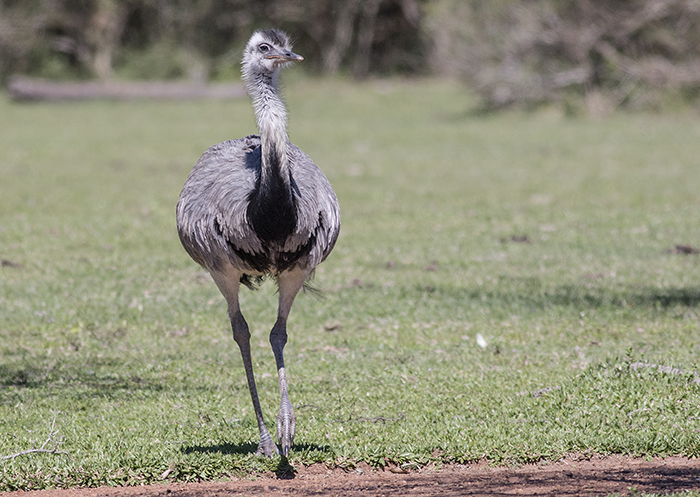
Ñandu (Greater Rhea) – one of many, this one at the entrance to a homestead
Which was no hardship. The road between Mercedes and C. Pelligrini is a birder’s paradise, with wildlife everywhere you look. Some pictures below, but I was in heaven. Got to the place I was staying, Ñande Retá, one of several safari lodge type places around– very comfortable and highly recommended.
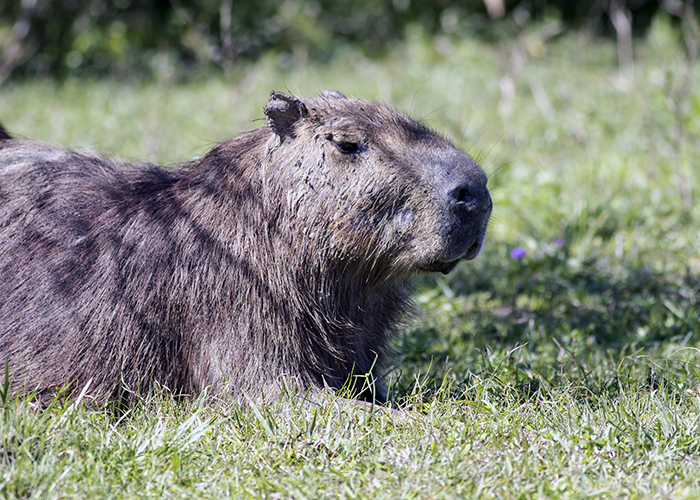
The first Capybara I saw, by the side of the road.
The gomeria was closed for siesta, so I went into my home for the next three nights, unpacked and planned my time here. I had a quick look at todays photos – most shot from a car with the engine running so a bit of movement – but some publishable. My favourite of the day I think was the marsh deer (or whatever it’s called – I haven’t done any checking yet as I have no Internet connection here).
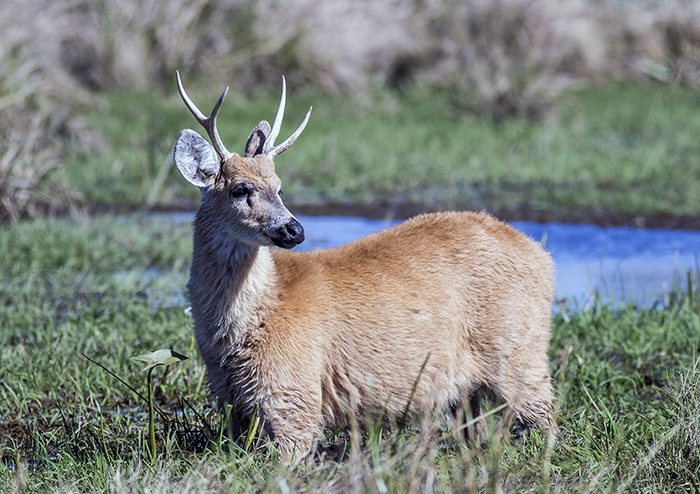
Marsh deer (male) looking majestic by the side of the road
I went out on an evening launch over the lake and wetlands near the town, which was a wonderful experience. With judicious use of a powerful flashlight we were able to locate various wildlife: including an enormous heronry that took flight en masse while the flash light silhouetted the whirling birds against the evening sky.
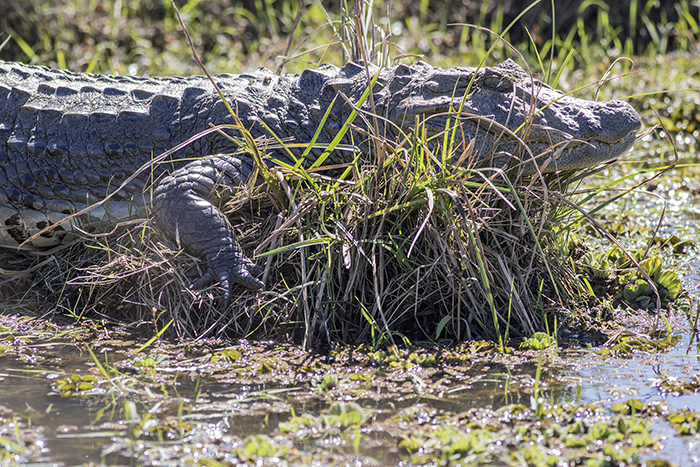
Yacaré (Yacare Caiman), the first I saw and also the biggest of the day.
Lots of caiman of all sizes (but only the black ones – the greener species are apparently harder to find, having been almost exterminated in the past for their skins). We heard a mother caiman calling to its improbably tiny, pencil and cigar size babies who swam towards her at her command. And a couple of chajá nests, each with mother sitting and father guarding a short distance away. All to the spectacular background of the Milky Way, whose clouds and filaments acted as a little seen reminder that we inhabit a galaxy. You have to be really away from civilisation for that, and it more than compensated for the current lack of wifi.
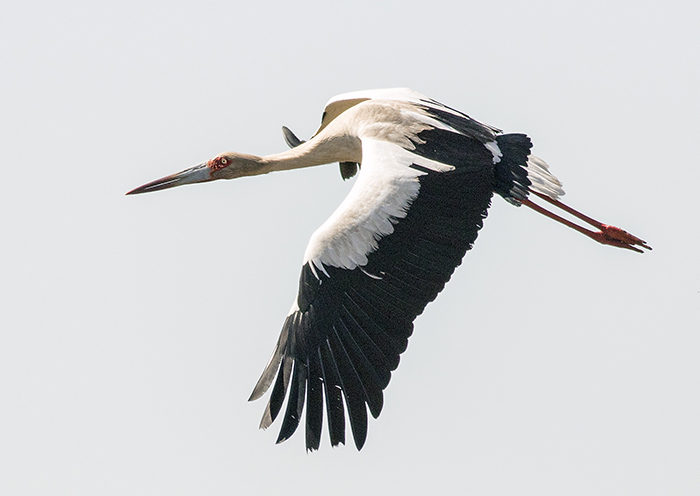
Maguari Stork in full flight overhead
Back to the hotel, for a wonderful supper and a comfy chair in front of a roaring fire – it was quite cold outside by now. News was brought that my tyre and wheel were fixed (perhaps a new wheel?) and would be delivered in the morning, and that I had a daytime lake excursion planned for tomorrow morning. I went to bed happy.
